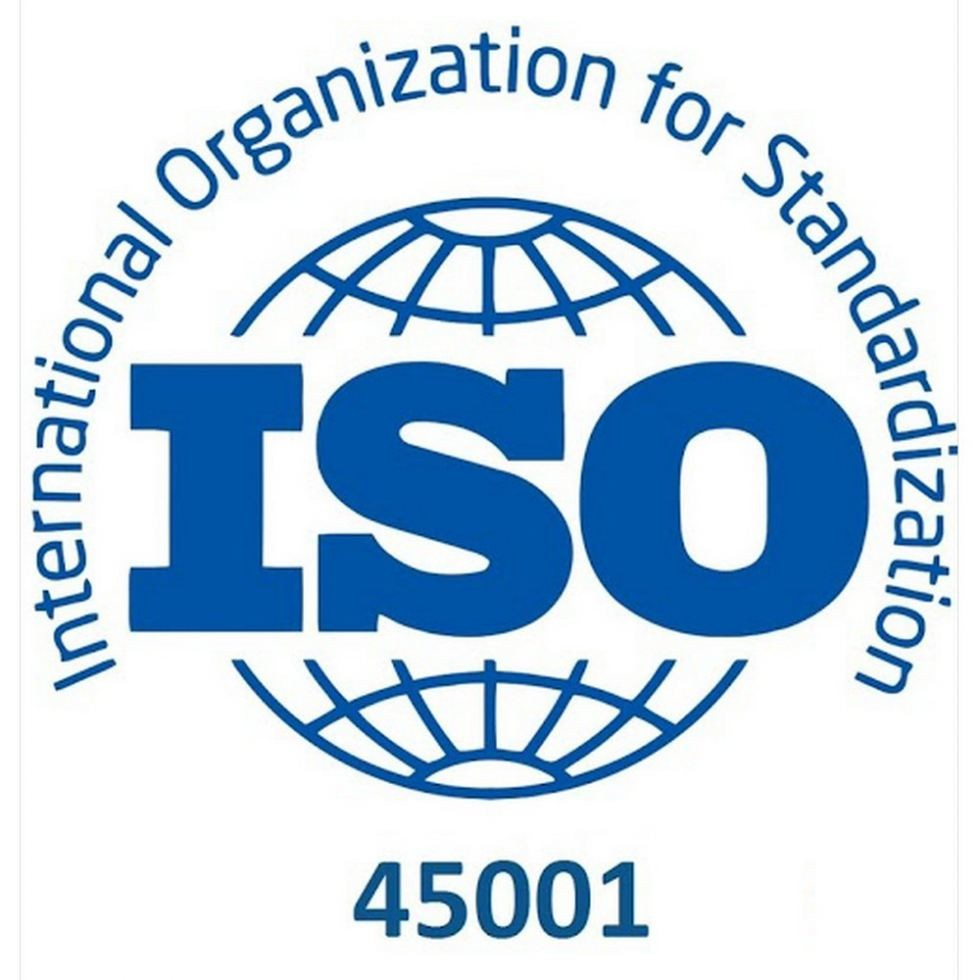Embracing ISO 45001: Enhancing Workplace Safety and Health Standards
Introduction: In an evolving global workplace, prioritizing occupational health and safety has never been more critical. The ISO 45001 standard, introduced in 2018, offers organizations a comprehensive framework to manage workplace health and safety risks proactively, significantly reducing incidents, injuries, and illnesses. As the first international standard focused solely on occupational health and safety, ISO 45001 has transformed the approach organizations take to foster safe and healthy work environments worldwide.
Why ISO 45001 Matters: ISO 45001 replaces OHSAS 18001 as the benchmark for workplace safety, but it goes beyond traditional safety regulations. Unlike OHSAS 18001, which is centered on managing hazards, ISO 45001 adopts a proactive approach, emphasizing risk assessment, continual improvement, and a culture of safety ingrained at every organizational level. This framework is designed to protect employees, contractors, and visitors, regardless of industry, location, or workforce size. By focusing on risk prevention, ISO 45001 enables organizations to build resilience, reduce operational downtime, and improve employee well-being.
Key Benefits of Implementing ISO 45001:
- Risk Reduction and Proactive Safety Management: ISO 45001 provides a structured framework for identifying and mitigating workplace hazards. With an emphasis on proactive risk management, organizations can move from reactive responses to potential incidents to systematically preventing them, which can save lives and reduce costs associated with workplace injuries.
- Boosting Employee Morale and Engagement: Prioritizing health and safety demonstrates a commitment to employees’ well-being, which can lead to higher morale and engagement. A safer workplace reduces absenteeism, improves productivity, and builds trust, as employees feel more secure in their roles. This positive work environment also aids in employee retention, as organizations with robust safety measures are often more attractive to top talent.
- Legal Compliance and Reduced Liability: Achieving ISO 45001 certification helps organizations comply with various local and international regulations. The standard’s robust documentation and assessment requirements help to create a safer environment and reduce the likelihood of accidents. This results in fewer workplace incidents and lowers an organization’s legal and financial liabilities.
- Enhanced Organizational Reputation: ISO 45001 certification signals to clients, investors, and the public that an organization is dedicated to upholding the highest safety standards. This certification can enhance the organization’s image and lead to competitive advantages, especially in industries where safety is paramount.
Steps to Achieve ISO 45001 Certification:
- Gap Analysis and Initial Assessment: Begin by evaluating the current occupational health and safety management system (OHSMS) to identify gaps and areas for improvement.
- Engage Leadership and Establish Safety Culture: ISO 45001 places a strong emphasis on leadership involvement. It’s essential to engage top management to drive the organization’s commitment to health and safety from the highest level.
- Employee Involvement and Training: Workers’ participation is crucial to identifying hazards and improving safety practices. Training employees on the ISO 45001 framework and involving them in decision-making processes can make a significant difference.
- Continuous Improvement and Audits: After implementing the necessary changes, conduct regular internal audits and continuous improvement assessments. This iterative process ensures compliance and helps to achieve optimal safety performance.
Looking Ahead: The Future of Occupational Health and Safety with ISO 45001: ISO 45001 is not a one-time certification; it’s a continuous journey toward a safer work environment. As organizations face emerging risks, such as those related to remote work and COVID-19, ISO 45001 provides a flexible framework that adapts to new challenges. By embracing ISO 45001, organizations can future-proof their safety practices and create resilient workplaces that prioritize human health and safety as essential to their success.
Conclusion: In the modern workplace, occupational health and safety must be a priority, and ISO 45001 provides the roadmap to achieve this. With its focus on proactive risk management, employee well-being, and compliance, ISO 45001 is setting the gold standard for organizations worldwide. Embracing this standard enables companies to protect their most valuable asset—their people—while strengthening their overall resilience and reputation.











